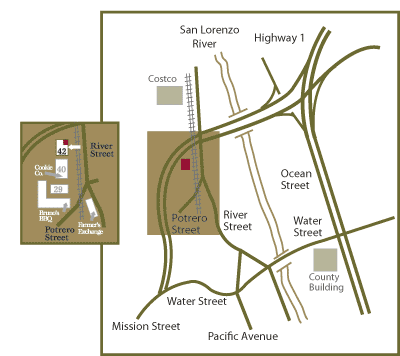Category Archives: Acupuncture & Wellness Blog
Acupressure self-care for : Dubi “Calf’s Nose” (Stomach 35)
Located below the knee-cap, on either side of the patellar tendon of the quadriceps muscle attaches, acu-point Stomach 35 (St 35) is a useful location for treating pain at the front of the knee and patellar tendon pain. Stimulation of SI 14 with acupressure or acupuncture can have a powerful effect on relaxing chronic tension in the levator scapula, a key player in neck and shoulder posture and pain.
You can find SI 14 on yourself by wrapping the opposite-side arm across your chest and reaching up, back, and over the slope from your neck to your shoulder. Feel around with your finger tips until you find the upper corner of your shoulder-blade near your upper thoracic spine. Feel for where a taut ridge of muscle attaches to the bone: this is the levator scapula tendon and acu-point SI 14.
The levator’s principle action, as its name suggests, is to elevate the scapula up and forward. A common, often sub-conscious physical response to emotional stress is to engage this muscle in a self-protective reflex, elevating the shoulder blade to protect the cervical spine. However, when stress is chronic, the levator never gets to relax and stretch out, and develops tight, painful tender bands as well tendonitis at its attachment to the scapula at the site of SI 14. Chronic tension in the levator simultaneously pulls on the cervical spine, causing neck pain, and, by keeping the scapula pulled forward, compresses the rotator cuff tendons under the acromial arch of the shoulder blade, which can lead to rotator cuff syndrome.
Acupuncture into the levator’s tendon attachment to the upper inside corner of the scapula at SI 14 often produces a powerful, immediate “twitch” reponse after which the muscle relaxes and re-sets to its normal resting length. Needles inserted at SI 14 can then be connected to low-intensity pulsed electro-stimulation which fatigues and further relaxes the levator. Acupressure, gua sha, and suction cupping can also be used at SI 14 to break up scar tissue and adhesions which commonly form at this site, and to relax the levator scapula and restore local normal blood flow.
The levator can also be relaxed through shoulder girdle strengthening and mobilization exercises, and through simple stress management techniques or addressing underlying causes of chronic stress like depression and anxiety. Breath awareness and guided breath-work in particular are useful for both reducing stress and moving and relaxing the shoudler girdle, as each full breath moves the shoulder blades and rib-cage. So take a deep breath, blow it all out, and feel SI 14 and the levator scapulae relax!

